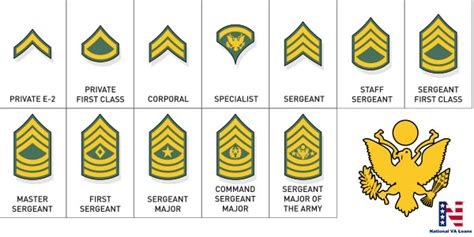Corvette Warship Definition
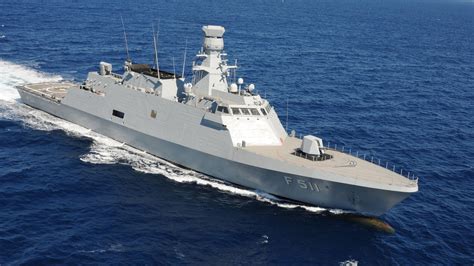
Introduction to Corvette Warships
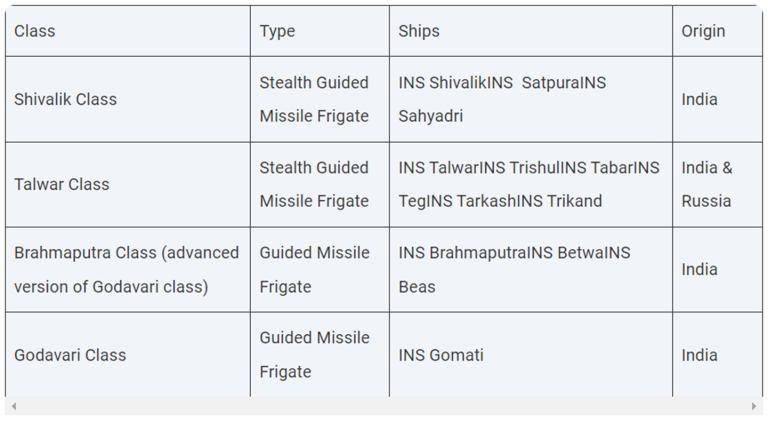
A corvette is a small, lightly armed warship that is used for a variety of naval missions, including patrol duties, coastal defense, and anti-submarine warfare. The term “corvette” originated in the 17th century, and it has been used to describe a range of different types of warships over the years. In modern times, corvettes are typically smaller and more lightly armed than frigates or destroyers, but they are still capable of performing a variety of important tasks.
Characteristics of Corvette Warships
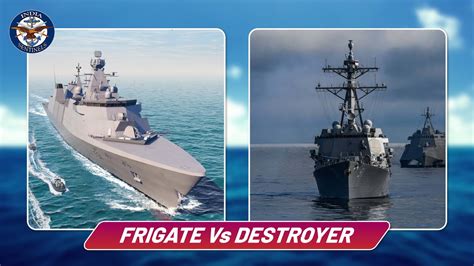
Corvettes are designed to be fast and maneuverable, with a shallow draft that allows them to operate in coastal waters and other areas where larger warships may not be able to navigate. They are typically equipped with a range of weapons systems, including guns, missiles, and torpedoes, as well as sonar and radar systems for detecting and tracking targets. Corvettes may also be equipped with helicopter decks or hangars, which allow them to carry helicopters or other aircraft for reconnaissance, transport, or combat missions.
Types of Corvette Warships
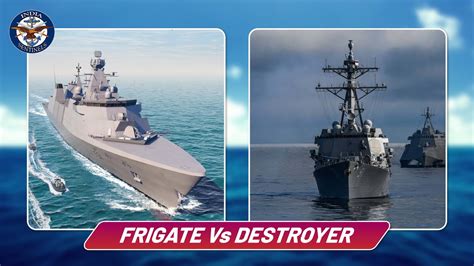
There are several different types of corvettes, each with its own unique characteristics and capabilities. Some of the most common types of corvettes include: * Patrol corvettes: These are designed for patrol duties and are typically equipped with guns and missiles for defending against surface targets. * Anti-submarine corvettes: These are designed for anti-submarine warfare and are typically equipped with sonar and torpedoes for detecting and attacking submarines. * Mine countermeasures corvettes: These are designed for mine countermeasures and are typically equipped with sonar and mine-hunting gear for detecting and clearing mines. * Missile corvettes: These are designed for surface warfare and are typically equipped with missiles and guns for attacking surface targets.
Advantages and Disadvantages of Corvette Warships
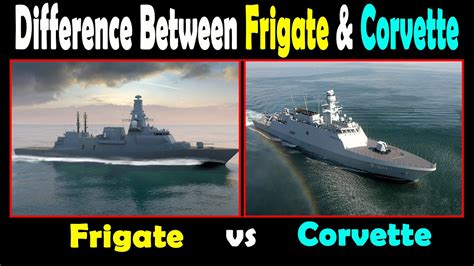
Corvettes have several advantages, including: * Low cost: Corvettes are typically less expensive to build and maintain than larger warships. * High maneuverability: Corvettes are designed to be fast and agile, making them well-suited for coastal waters and other areas where larger warships may not be able to navigate. * Flexibility: Corvettes can be equipped with a range of different weapons systems and sensors, making them versatile and adaptable to different mission requirements. However, corvettes also have several disadvantages, including: * Limited range: Corvettes typically have a limited range and may not be able to operate for extended periods of time without refueling or resupply. * Limited firepower: Corvettes are typically less heavily armed than larger warships, which can make them vulnerable to attack. * Limited survivability: Corvettes are typically less survivable than larger warships, which can make them vulnerable to damage or destruction.
Examples of Corvette Warships
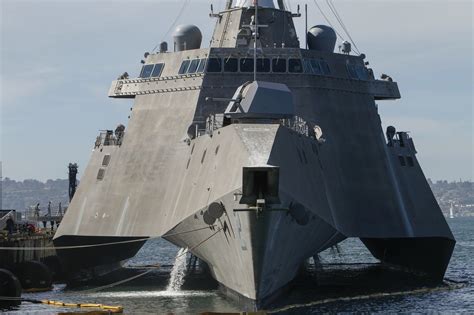
There are many examples of corvette warships in use around the world, including: * US Navy’s Cyclone-class patrol ships: These are small, lightly armed warships that are used for patrol duties and coastal defense. * Royal Navy’s River-class patrol vessels: These are small, lightly armed warships that are used for patrol duties and coastal defense. * German Navy’s Braunschweig-class corvettes: These are small, lightly armed warships that are used for patrol duties and coastal defense. * Chinese Navy’s Type 056 corvettes: These are small, lightly armed warships that are used for patrol duties and coastal defense.
🚨 Note: The characteristics and capabilities of corvette warships can vary widely depending on the country and the specific class of ship.
Table of Corvette Warship Characteristics
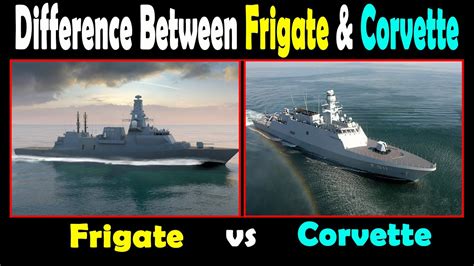
| Characteristic | Patrol Corvette | Anti-Submarine Corvette | Mine Countermeasures Corvette | Missile Corvette |
|---|---|---|---|---|
| Length | 60-80 meters | 70-90 meters | 50-70 meters | 80-100 meters |
| Beam | 10-15 meters | 12-18 meters | 8-12 meters | 15-20 meters |
| Draft | 2-4 meters | 3-5 meters | 1-3 meters | 4-6 meters |
| Speed | 20-30 knots | 25-35 knots | 15-25 knots | 30-40 knots |
| Crew | 20-50 personnel | 30-60 personnel | 15-30 personnel | 50-100 personnel |
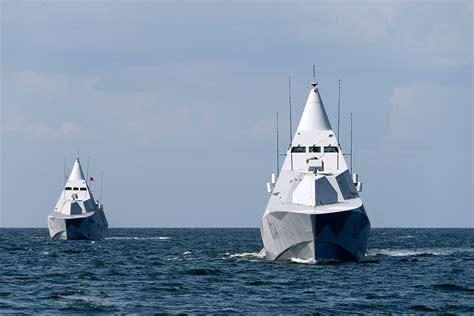
In summary, corvette warships are small, lightly armed vessels that are used for a variety of naval missions, including patrol duties, coastal defense, and anti-submarine warfare. They have several advantages, including low cost, high maneuverability, and flexibility, but they also have several disadvantages, including limited range, limited firepower, and limited survivability. There are many examples of corvette warships in use around the world, each with its own unique characteristics and capabilities.
What is the primary purpose of a corvette warship?
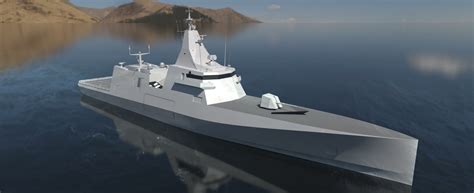
+
The primary purpose of a corvette warship is to perform patrol duties, coastal defense, and anti-submarine warfare.
What are the advantages of corvette warships?
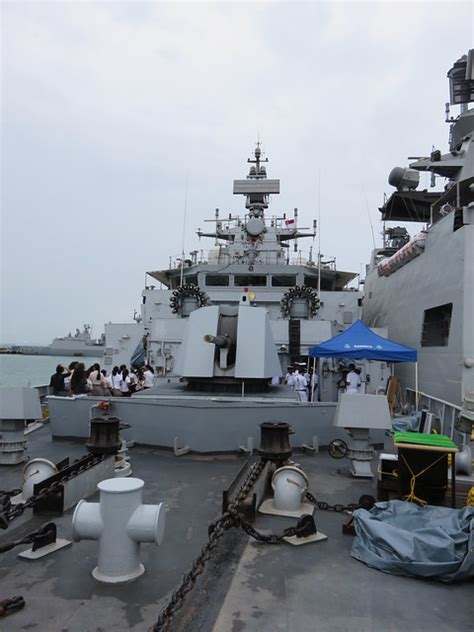
+
The advantages of corvette warships include low cost, high maneuverability, and flexibility.
What are the disadvantages of corvette warships?
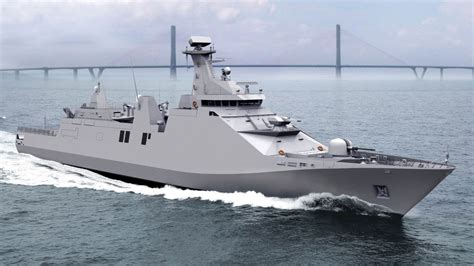
+
The disadvantages of corvette warships include limited range, limited firepower, and limited survivability.
What are some examples of corvette warships?
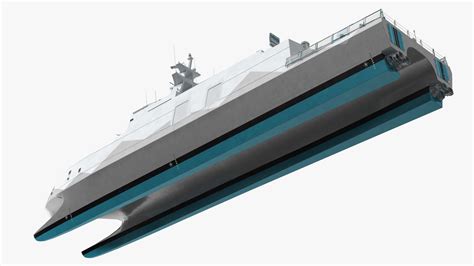
+
Some examples of corvette warships include the US Navy’s Cyclone-class patrol ships, the Royal Navy’s River-class patrol vessels, the German Navy’s Braunschweig-class corvettes, and the Chinese Navy’s Type 056 corvettes.
What is the typical length of a corvette warship?
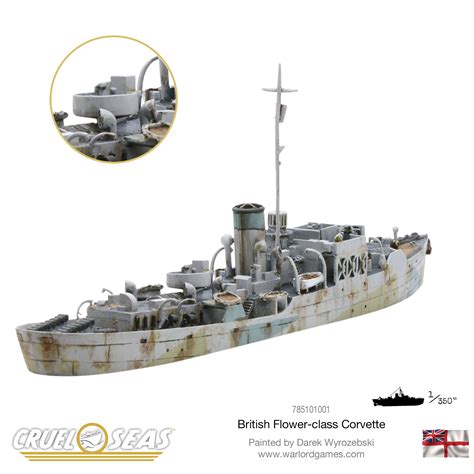
+
The typical length of a corvette warship is 60-100 meters.
Related Terms:
- destroyer vs corvette
- destroyer vs frigate corvette
- destroyer frigate corvette
- corvette ship vs destroyer
- corvette destroyer
- difference between frigates and corvettes
